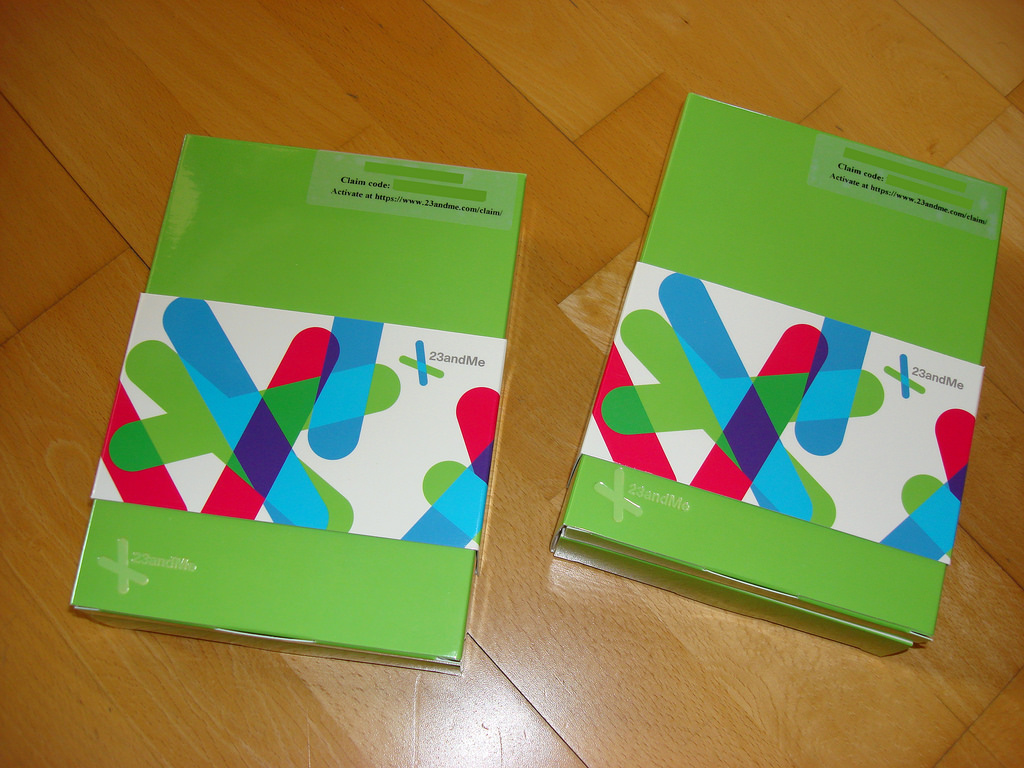Is it safe to have your ancestry data online? Here's what experts say.
By Cathy Cassata,
Yahoo [Cites CGS' Katie Hasson]
| 12. 15. 2023
Millions of people use genetic testing companies like 23andMe to learn more about their ancestry and health. But a new data breach is highlighting the risks of having your ancestry information stored online — and what it might be used for in the event of hacking. Here's what to know.
What’s happening
In October, 23andMe announced that approximately 14,000 23andMe users’ accounts were breached; according to the company, the stolen data — which some hackers tried to sell via online forums — “generally included ancestry information, and, for a subset of those accounts, health-related information based upon the user’s genetics.”
It's since been revealed that the hackers used those compromised accounts to also access another 6.9 million profiles connected to the users’ DNA relatives and those on their family tree. Data from the DNA Relatives profiles consists of information that a customer chooses to make available to their genetic relatives, such as display name, predicted relationships and percentage of DNA shared with matches, when they opt in to that feature. Data from Family Tree profiles includes a limited subset...
Related Articles
By Emily Glazer, Katherine Long, Amy Dockser Marcus, The Wall Street Journal | 11.08.2025
For months, a small company in San Francisco has been pursuing a secretive project: the birth of a genetically engineered baby.
Backed by OpenAI chief executive Sam Altman and his husband, along with Coinbase co-founder and CEO Brian Armstrong, the startup—called...
By Jessica Hamzelou, MIT Technology Review | 11.07.2025
This week, we heard that Tom Brady had his dog cloned. The former quarterback revealed that his Junie is actually a clone of Lua, a pit bull mix that died in 2023.
Brady’s announcement follows those of celebrities like Paris...
By Emily Mullin, Wired | 10.30.2025
In 2018, Chinese scientist He Jiankui shocked the world when he revealed that he had created the first gene-edited babies. Using Crispr, he tweaked the genes of three human embryos in an attempt to make them immune to HIV and...
Public domain portrait of James D. Watson by Cold Spring Harbor Laboratory
and the National Human Genome Research Institute on Wikimedia Commons
James Watson, a scientist famous for ground-breaking work on DNA and notorious for expressing his antediluvian opinions, died on November 6, at the age of 97. Watson’s scientific eminence was primarily based on the 1953 discovery of the helical structure of DNA, for which he, Francis Crick and Maurice Wilkins shared the 1962 Nobel Prize in Physiology or...




